Chidambaram: Home of Nataraja
Synopsis
Among Tamil Nadu’s innumerable temples, Chidambaram occupies a unique place as the home of Nataraja, the dancer form of Shiva. This is now one of the most celebrated images of any Hindu deity, renowned throughout India and indeed all over the world. The mythical corpus associated with Shiva’s dance of creation in the celbrated Golden Hall, or Chit Sabha complex, at Chidambaram underscores the iconography of Nataraja and the architectural configuration of the temple itself. Both the image and temple of Nataraja took on their distinctive forms under the patronage of the Cholas in the 9th-12th centuries, though obviously the story of the dance competition is much older. It is this interrelationship of legend, history, art and architecture of Chidambaram that is explored by various writers in this book. The Introduction discuss the origins of Chidambaram’s place name and the stages by which the temple myths developed into the now familiar pattern. Here, Nataraja is viewed within a larger pantheon of consorts, lesser deities, and attendants. This is followed by a portfolio of photographs that offers a handsome visual portrait of Chidambaram. A broader perspective of Chidambaram and the legend of the dance competition is provided by Indira Viswanathan Peterson who reviews the literature of Tamil Shavism before and during the Chola period. B. Natarajan discusses the relationship between the Nataraja cult and the formless aspect of Shiva or the Chidambara Rahasya. Paul Younger turns to the ritual life of the Nataraja temple, both today and in Chola times, as can be reconstructed from past literary sources. The next three articles focus on the traditions of Chidambaram. John Guy traces the evolution of the Nataraja image, culminating in the famous iconographic formula. Many of his illustrations are of bronze murtis from the Pallava and Chola eras. Gerd J.R. Mevissen describes the magnificent stone sculptures at Chidambaram, especially those on the walls of the four entrance gopuras appear multiple forms of Shiva as well as a host of attendant divinities. For David Smith, the principal artistic interest of the temple lies in the 17th century paintings covering the ceiling of the shrine dedicated to Nataraja’s consort, Shivakamasundari. Two other shrines in Tamil Nadu have both mythological and ritualistic association with Chidambaram. Michael Wood examines the legend and art of the temple at Tiruvalangadu, where Shiva assumed an alternative dance form. Rajeshwari Ghose compares the cult of Tyagaraja at Tiruvarur with that of Nataraja at Chidambaram, drawing attention to the esoteric interpretation of the rituals that still take place in these two temples. The volume is brought to a close by Pratapaditya Pal who points out the diverse use of the Nataraja image beyond India and into the present day.
Read more
112.50
101.25
$
125.00 $
Free delivery Wolrdwidе in 10-18 days
Ships in 2-4 days from New Delhi
Membership for 1 Year $35.00
Get it now and save 10%
Get it now and save 10%
BECOME A MEMBER
Books by the same authors
-
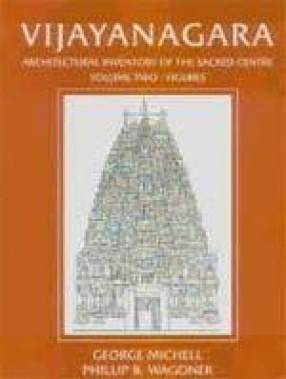
Vijayanagara: Architectural Inventory of the Sacred Centre (In 3 Volumes)
-
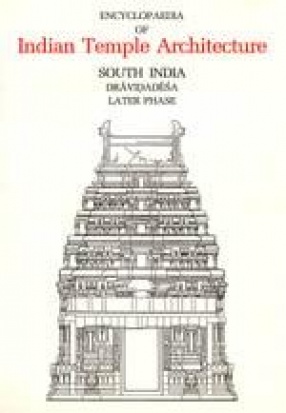
Encyclopaedia of Indian Temple Architecture (Volume I, Part 4-A, 2 Books)
-
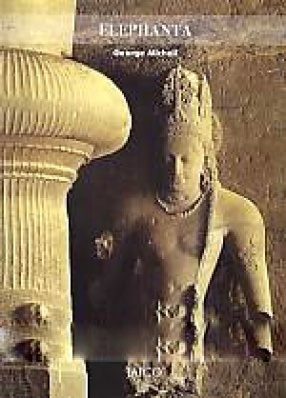
Elephanta
-

Temple Towns of Tamil Nadu
-
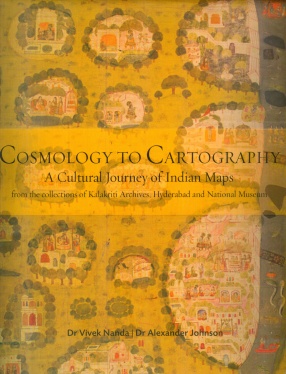
Cosmology to Cartography: A Cultural Journey of Indian Maps from the Collections of Kalakriti Archives, Hyderabad and National Museum

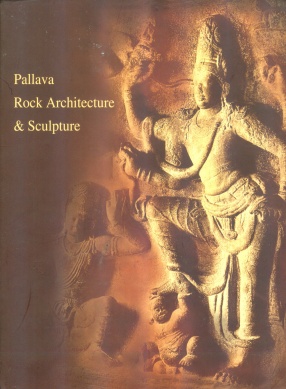
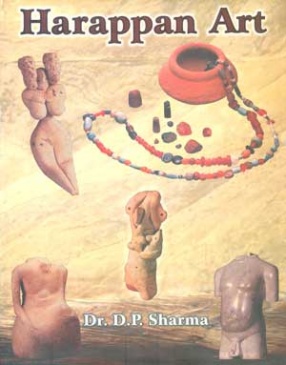
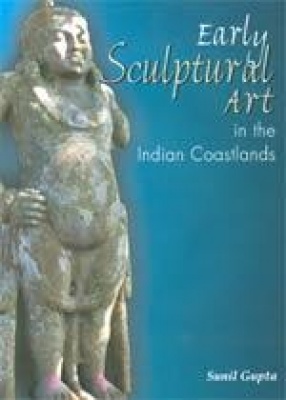
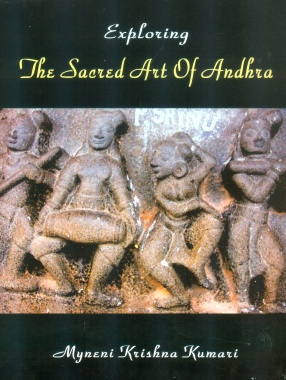

Bibliographic information
Vivek Nanda